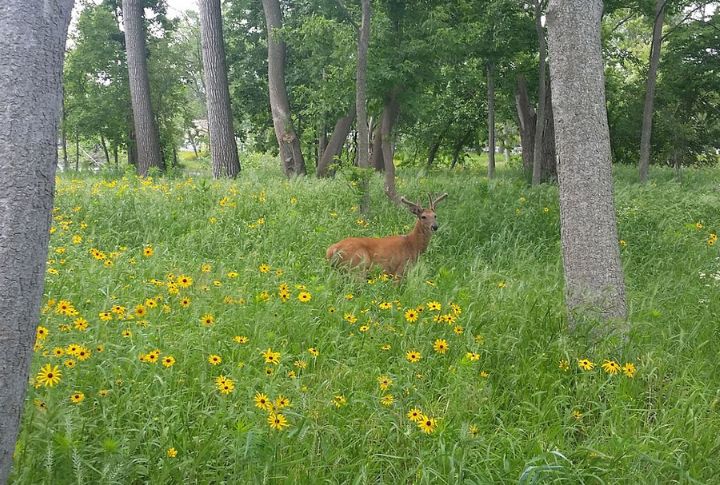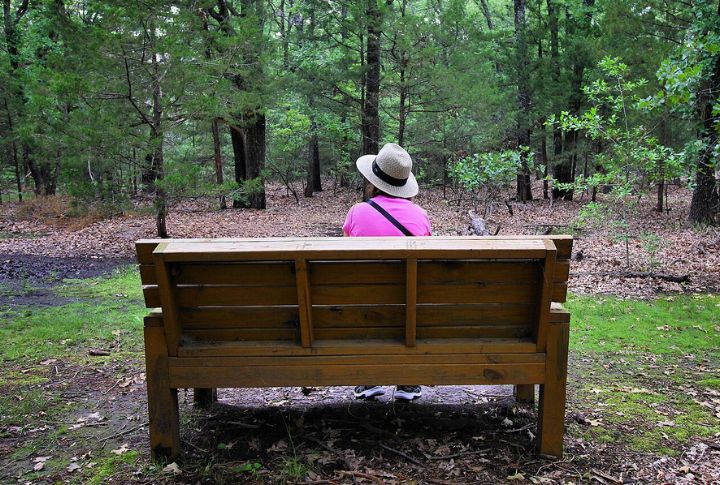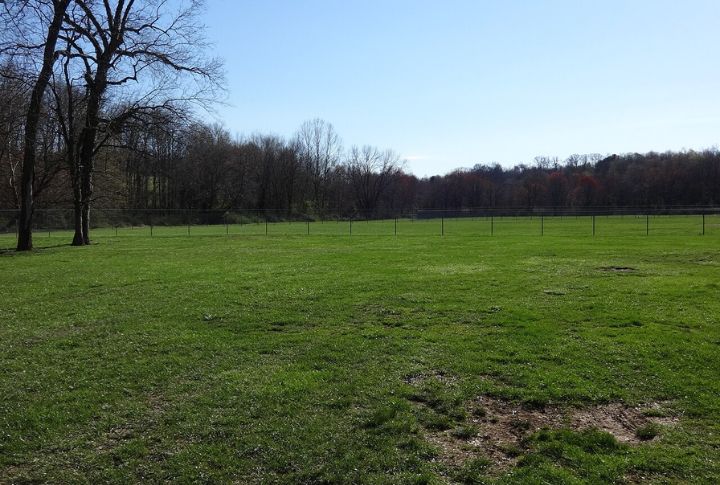
The threat of Lyme disease is growing, with ticks now spreading across regions once considered safe. As deer populations grow, so does the risk of exposure to Lyme-carrying ticks. Whether you’re out for a hike or simply enjoying time in nature, it’s important to stay informed about where Lyme disease hotspots are emerging.
Deer Populations Fueling Rising Lyme Cases

In areas where deer populations are thriving, tick populations are also booming. The Northeast, including states like Maine and New Hampshire, is seeing a sharp increase in Lyme disease cases, driven by abundant wildlife. With peak tick season coinciding with summer outdoor activities, taking precautions in these regions is more important than ever.
Woodlands and Suburbs Create Ideal Conditions

Ticks are making their way through more parts of the Midwest, particularly in Michigan, Illinois, and Wisconsin. The blend of rural forests and growing suburban neighborhoods in these states creates an ideal habitat for ticks to thrive. If you’re exploring nature trails or hiking, remember to check for ticks afterward to minimize your risk.
Warm Climate Sparks Growth of Lyme-Carrying Ticks

California’s diverse scenery, from forests to parks, harbor ticks that can carry Lyme disease, though the risk is lower than in Northeastern and Midwestern states like Connecticut or Wisconsin. Coastal climates are less ideal for ticks, but precautions remain important for outdoor adventurers.
Tick-Caused Illness Spreads Across the Heartland

Once considered rare in the Midwest, Lyme disease now makes its presence felt in Ohio and Indiana. Changing climate patterns and the movement of deer have contributed to an uptick in ticks across rural and suburban areas. As the warmer months approach, residents are urged to take extra care, especially during peak tick season.
Urban Sprawl Brings Ticks Into Suburban Backyards

Lyme disease cases are increasing in Texas, which is driven by both rural and urban areas. The state’s varied climate and diverse wildlife—such as deer and small mammals—create the perfect conditions for ticks to thrive. Residents living near wooded areas or parks should be especially vigilant with tick prevention measures to avoid bites.
Coastal Areas and Parks Show Increase in Lyme Cases

Florida’s warm, subtropical climate has become increasingly conducive to Lyme-carrying ticks. With abundant wildlife, including deer, ticks are spreading across the state’s forests and coastal areas. Visitors to parks, beaches, and forests should remain cautious, as ticks are active year-round in Florida’s unique environment.
Mountainous Terrain Provides Ideal Tick Habitats

The Smoky Mountains in Tennessee, known for their scenic beauty and outdoor activities, have become an emerging hotspot for Lyme disease. Dense forests and thriving wildlife in the region allow ticks to flourish. If you’re hiking or exploring these areas, taking additional measures to safeguard yourself against tick bites is necessary.
Climate Change Drives Tick Movement

Rising temperatures and a changing climate in North Carolina are contributing to the spread of Lyme disease. The state’s combination of coastal plains, forests, and mild winters is increasingly favorable for ticks. Health experts advise residents to take preventive measures, particularly during peak tick season, to reduce exposure.
Rural and Suburban Areas See Growing Tick Populations

Lyme disease is becoming more prevalent in Maryland due to a growing mix of suburban development and dense forests. As deer populations increase, ticks follow suit. Residents are encouraged to include regular tick checks in their routine, especially after spending time outdoors in grassy or wooded areas.
Increased Tick Activity Puts Virginians at Risk

The number of cases in Virginia is rising, particularly in rural and suburban areas. The state’s forests and abundant wildlife create a perfect habitat for ticks. Taking part in outdoor activities such as hiking and camping can increase the likelihood of being exposed to ticks, so it’s important to take preventive steps.
